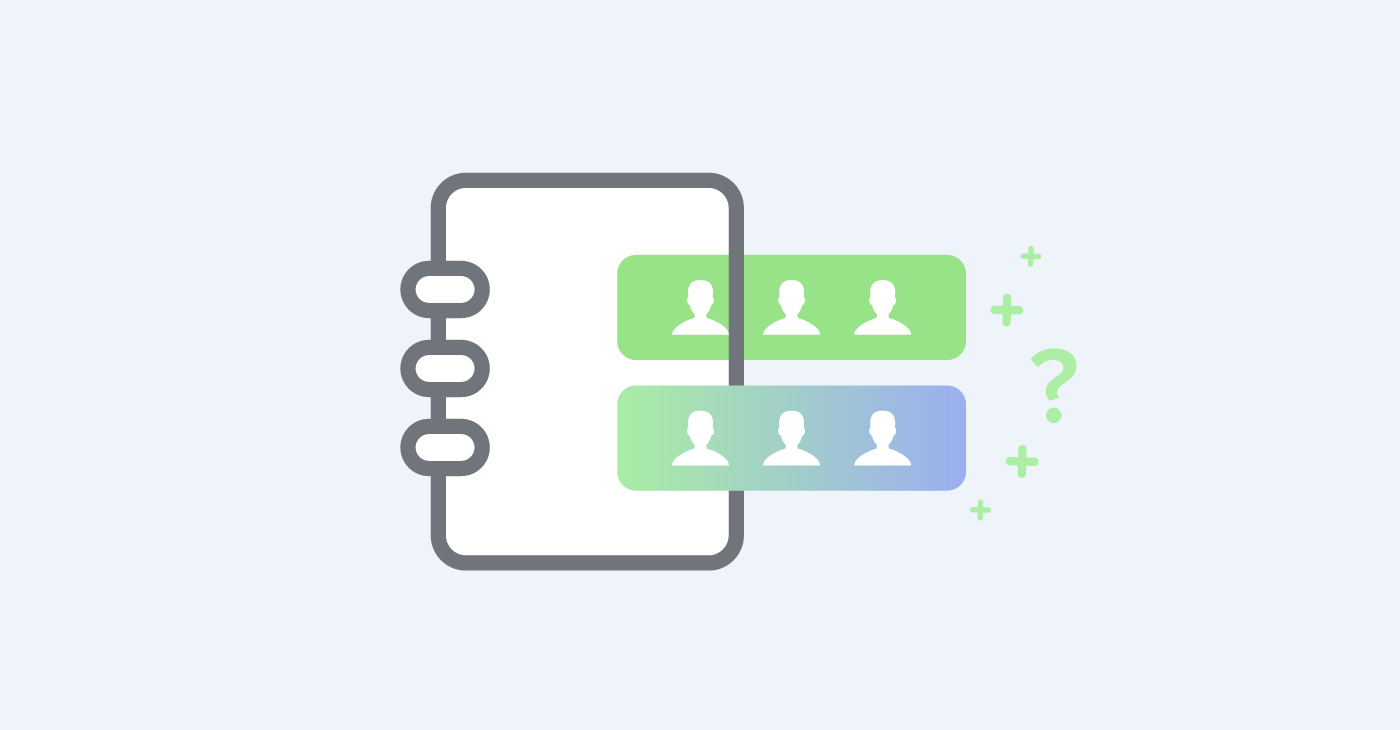
List segmentation is a must in order to deliver the most relevant content to your subscribers’ inbox. It’s the best way to create a one-to-one feel for your marketing campaigns. So, how can you accomplish successful list segmentation? There are many ways to do it, but we’ll break it down into the ways in which you can achieve good list segmentation before and after the signup.
Before Signup
Segmenting your list from the start is the best way to go. That way, your subscribers are receiving targeted content from the very first email they receive. You can segment your lists using signup forms in two very effective ways.
The first way is to use the data fields in your signup form. This could be by industry, location, gender or many other options. This information will help sort out new subscribers and will allow you to send great, relevant content to each segment. If you’re a clothing company, you can send the new men’s and women’s lines to the right gender. When segmenting by location, you can even time your campaigns to send at the time you’d like, such as 9AM, in each time zone.
The other way to segment pre-signup is to allow individuals to select which list they’d like to join. The easiest way to explain this is with a Weekly or Monthly newsletter. Some subscribers may only want to hear from you once per month. Others would be excited to hear from you on a weekly basis. Your superfans may even select both!
After Signup
We don’t always get it right the first time (as in before the signup). Some may be so excited to get going with their email marketing, they don’t plan it all the way through in terms of list segmentation. That’s OK too. For this group, reports are especially important.
Your reports will speak wonders in regards to the preferences of your subscribers. By paying attention to the types of links your subscribers are clicking on, you can get an idea of the types of articles or other content that grabs their attention. You can then segment your lists based on that information.
Using your reports, you can also segment by levels of engagement. You can break it down to the individuals who are opening all of your email campaigns, some of your email campaigns and none of your email campaigns. By doing this, you can vary the strategy for each group. You can try a hail mary campaign to re-engage the ones who aren’t opening your emails. The best way to do this is simply by telling those subscribers you’re going to stop sending to them. Everyone wants what they can’t have.
Bonus: Unsubscribes
When someone decides to unsubscribe from your email campaigns, they already have one foot out the door. Before it shuts, you can direct them to a preference center. There, they can unsubscribe if that’s what they’re determined to do. However, like on the signup form, you can allow these individuals to change the frequency with which they are sent to or the types of lists they are a part of. You may save some unsubscribes and even turn unhappy subscribers into delighted ones.




